10 most beautiful stations on the Trans-Siberian Railway
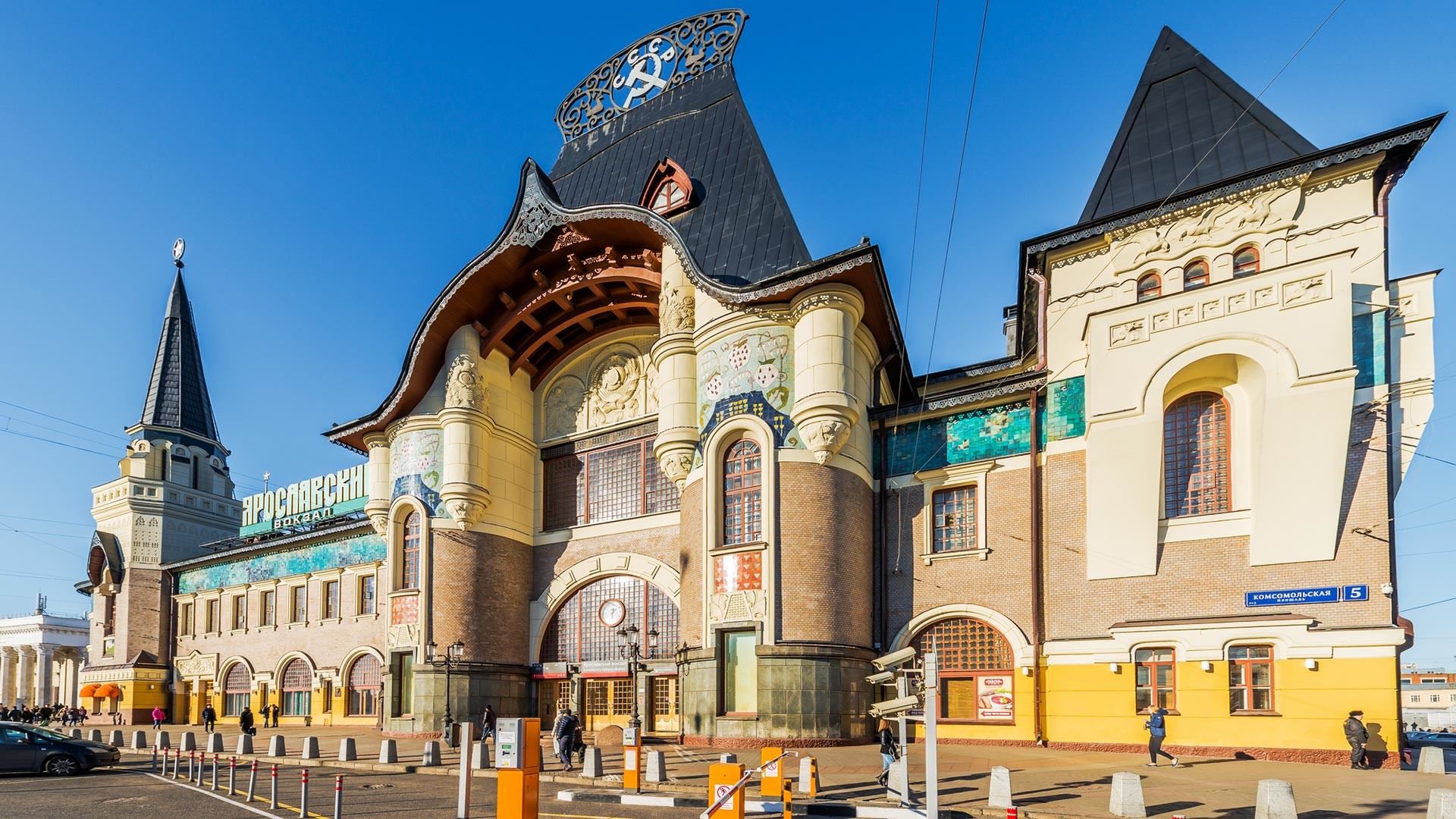
Russians have an old saying – “There are two woes in Russia: fools and roads.” Fortunately, that does not apply to the railroads, one of which, the legendary Transsib, boasts some real architectural masterpieces along the more than 9,000-km route from Moscow to Vladivostok.
1. Moscow
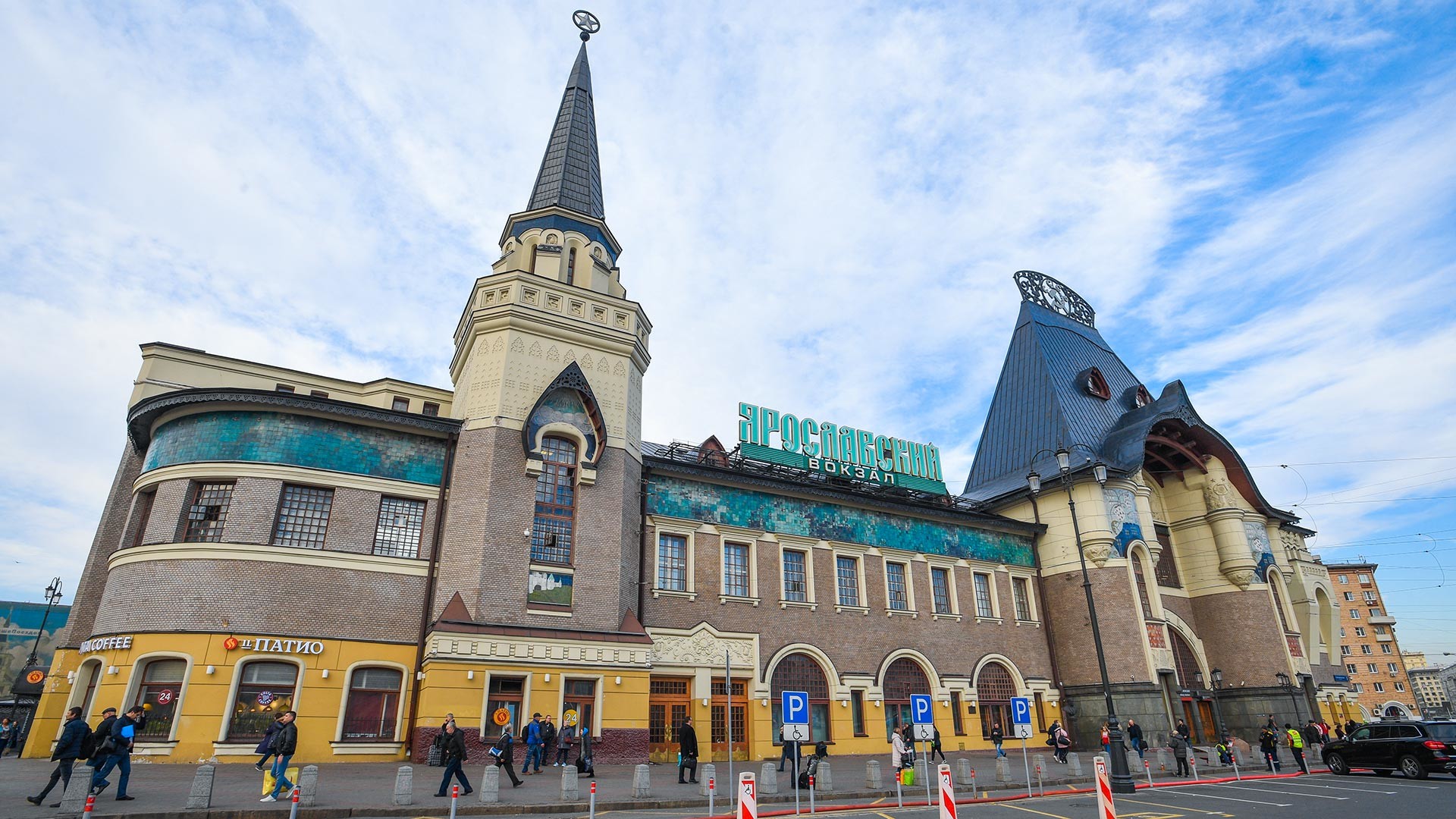
Yaroslavsky station, from which the eastbound journey along the Transsib begins, is a work of art. Built in the late 19th century, it was reconstructed in the early 20th by architect Fyodor Shekhtel. The decor uses elements of the Russian style, as well as Art Nouveau. The station looks like an old Russian tower, crowned with a hipped roof, like a medieval Russian church, and girdled by a turquoise ceramic “belt”.
2. Kirov
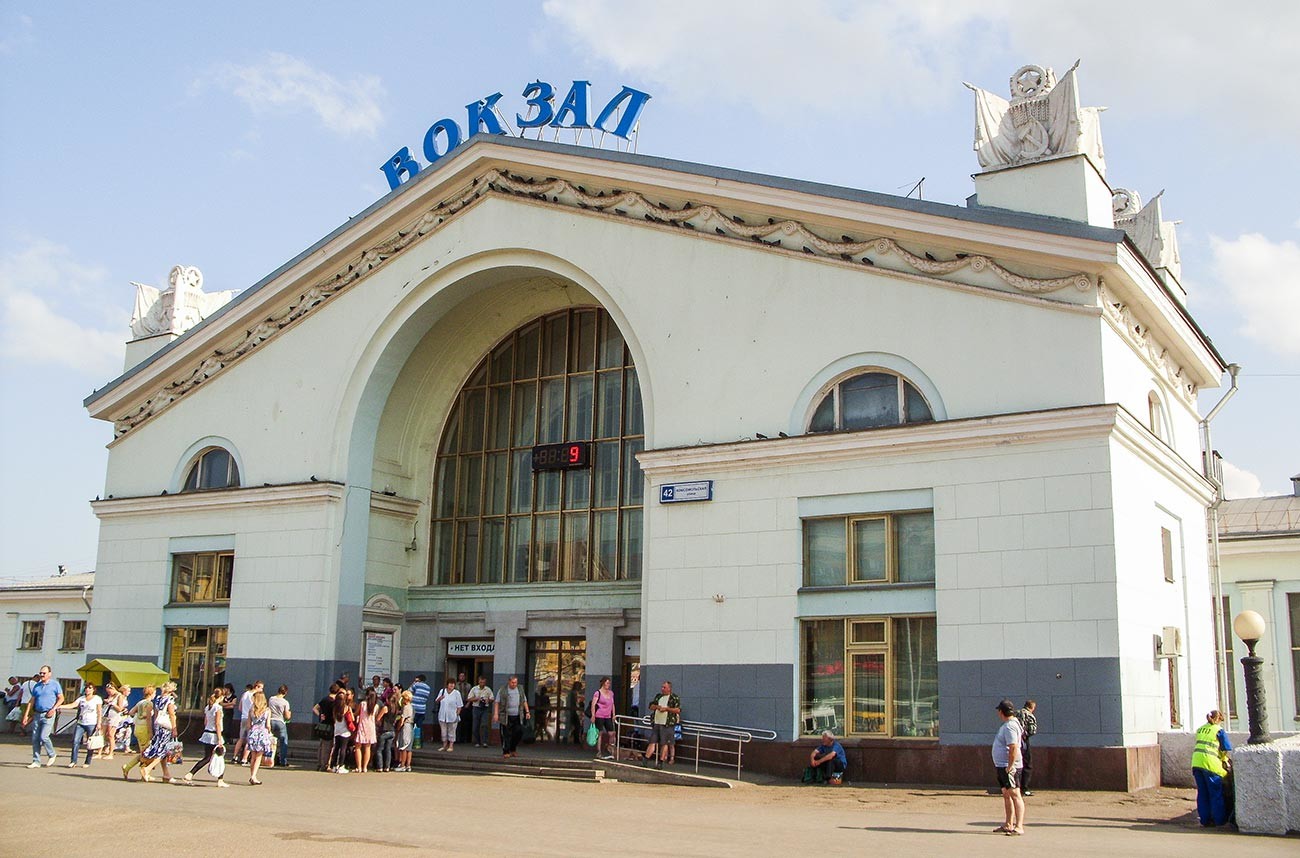
The city is an important railway junction, one that connects the northern routes from St. Petersburg and Vologda with the Urals and Siberia. The modern station building was constructed in 1961 in the Stalinist Empire style, replete with an arch, a pediment with bas-reliefs and decor in the form of three-dimensional Soviet emblems.
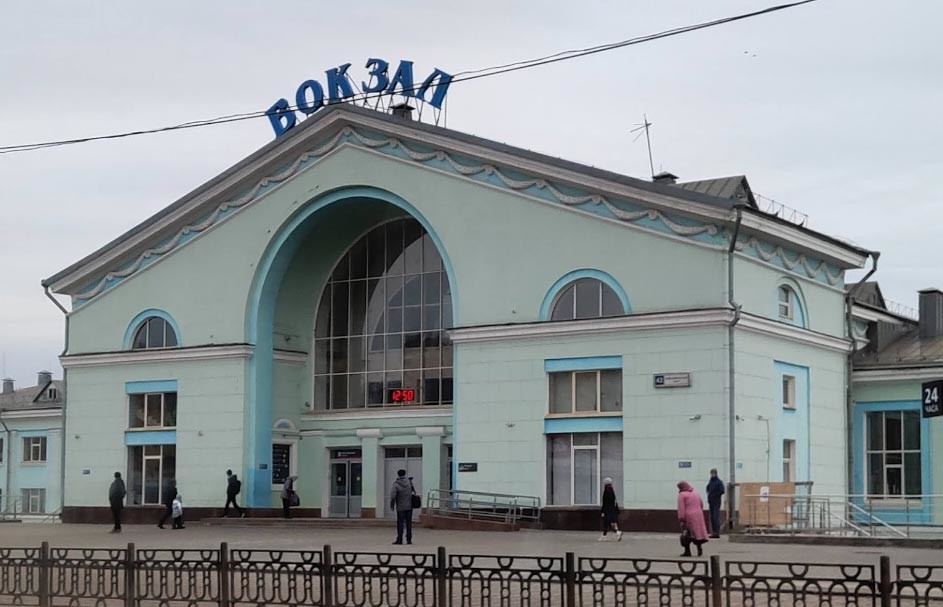
However, after one of its most recent reconstruction works, the towers with the Soviet emblems were removed.
3. Omsk
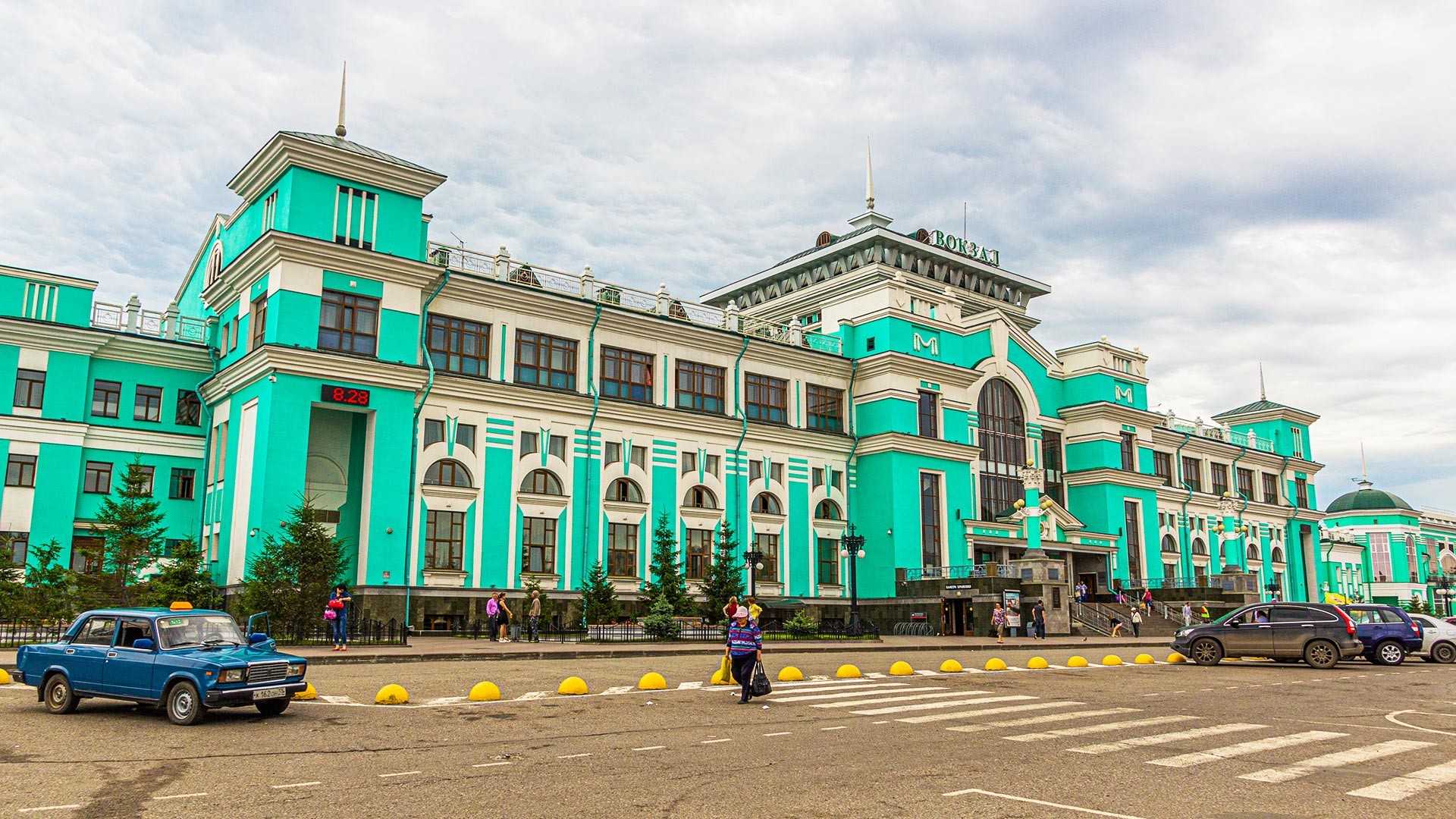
The city's main railway station was built in 1958, also in the Stalinist Empire style. Majestic yet laconic on the outside, it is luxuriously decorated with marble on the inside.
4. Novosibirsk
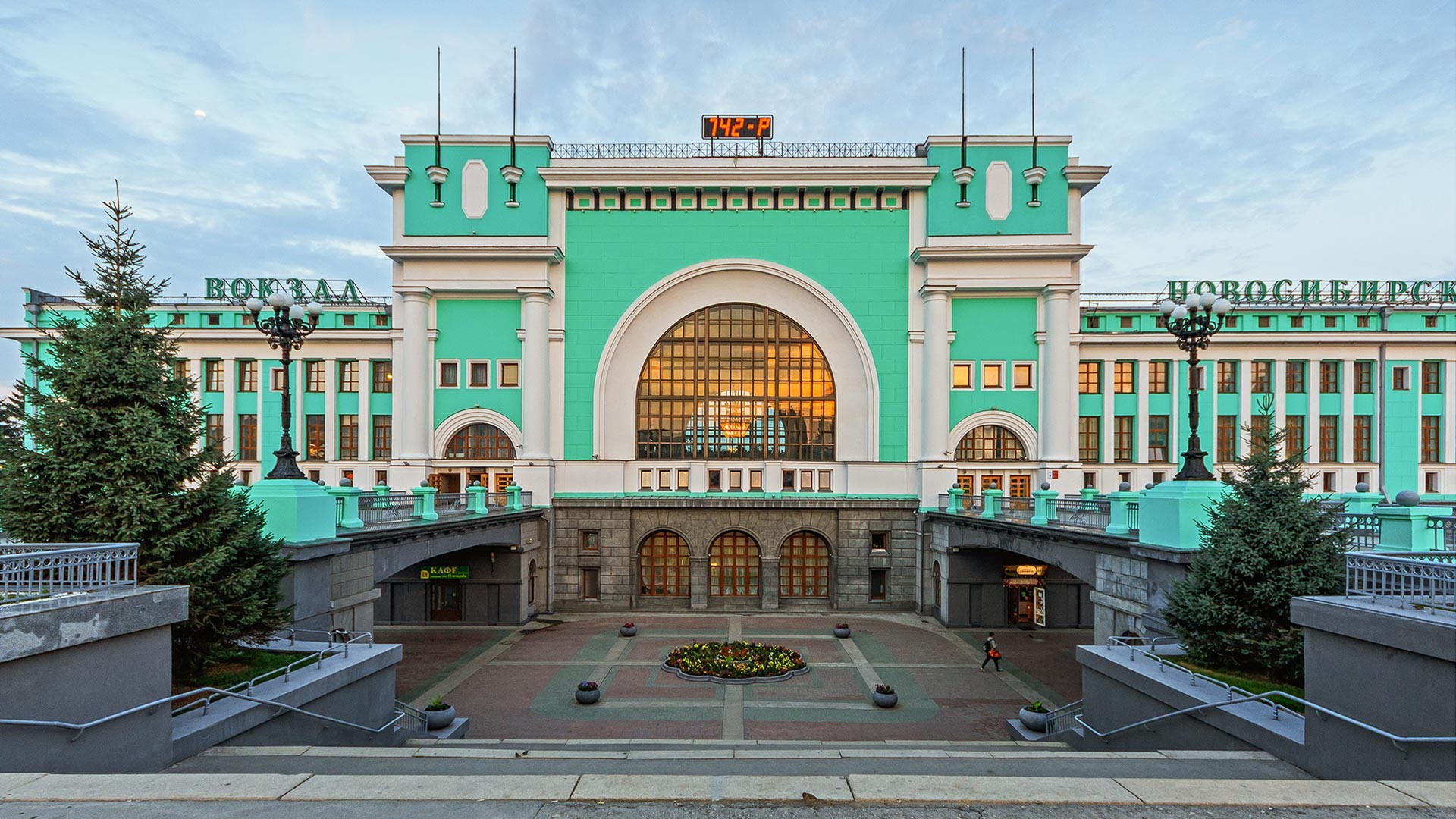
The first (wooden) station in Novosibirsk was opened in 1896, and actually the city was built around the new railroad. Today’s station is a creation of the 1930s. The center of the facade is a triumphal arch, a favorite element of Soviet architecture.
5. Krasnoyarsk

The main rail station in this major Siberian city resembles an enormous shopping arcade. The first station, built in 1895, was immediately electrified and looked spectacular in the evening glow of the street lanterns. The station acquired its present-day appearance, including the incredible vaulted roof, in the 21st century after a large-scale reconstruction.
6. Irkutsk
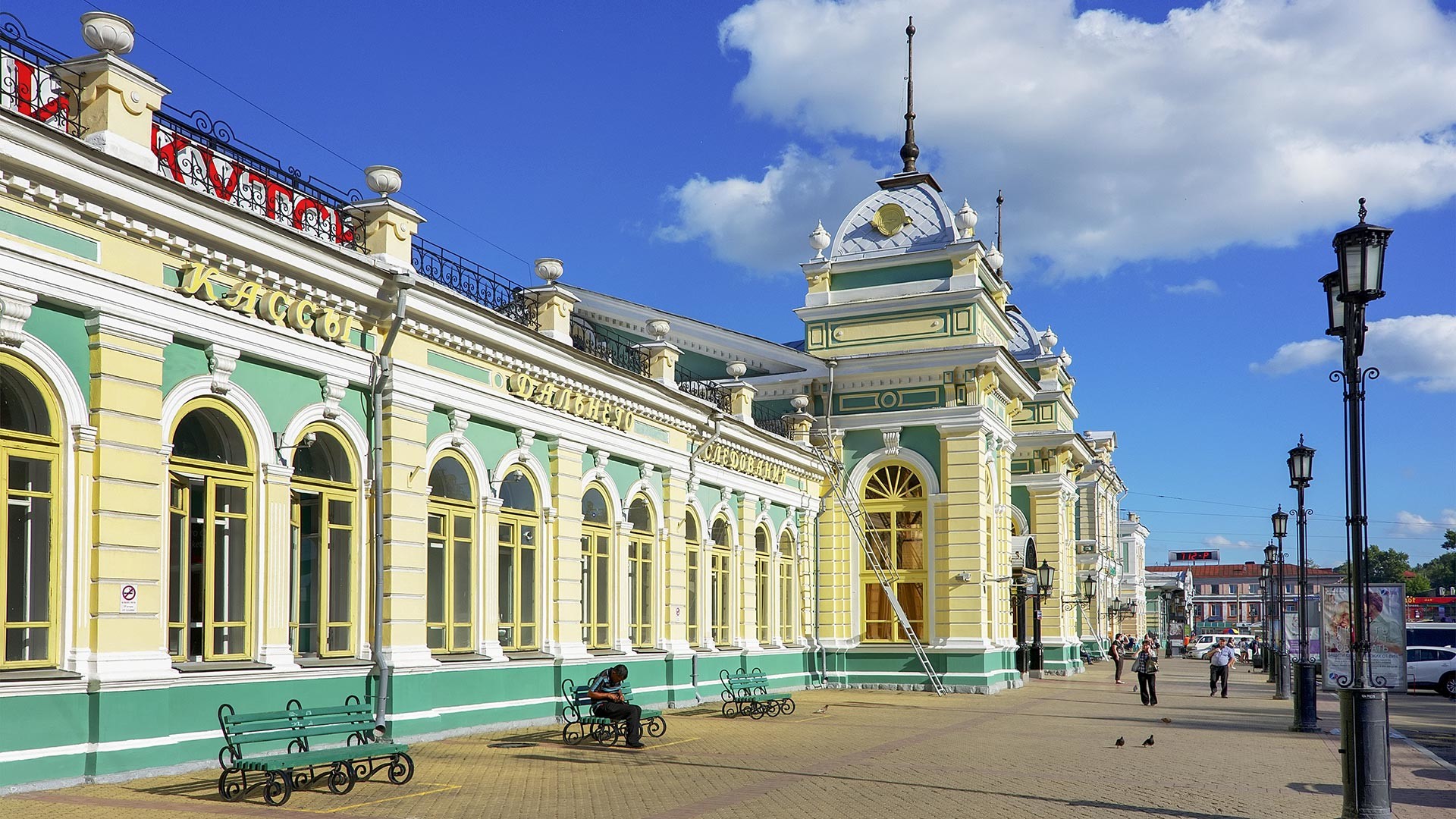
Irkutsk railway station was built in 1906-1907 and is an architectural monument of national significance. The edifice, built in the classicist style, is more reminiscent of a royal palace than a railway station.
7. Slyudyanka
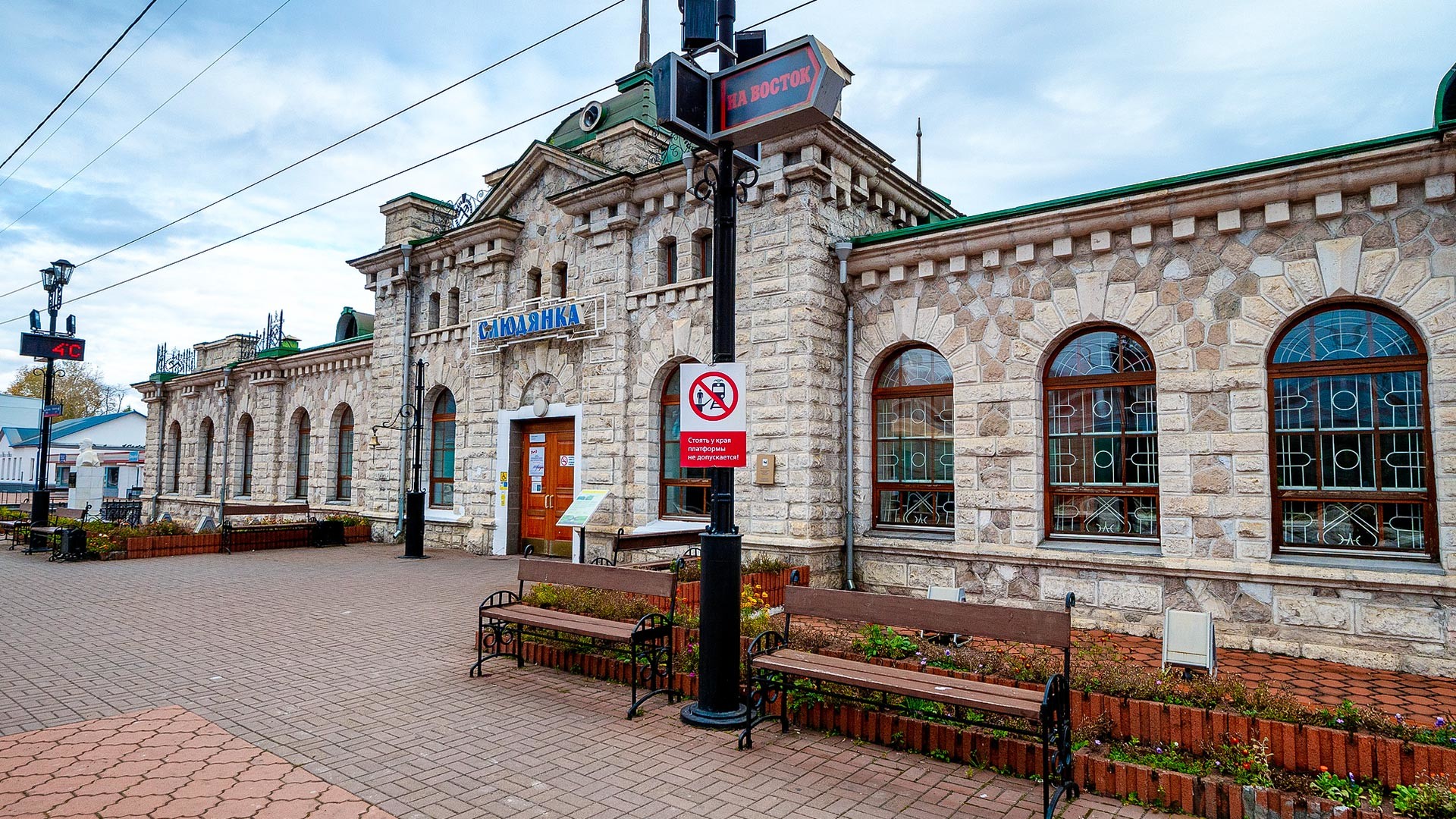
We bet you’ve never heard of Slyudyanka, a small town on the shore of Lake Baikal. Yet the Transsib runs right through it, making it an important hub. And the local train station is an architectural gem, built in the early 20th century from locally mined white and pink marble.
8. Ulan-Ude
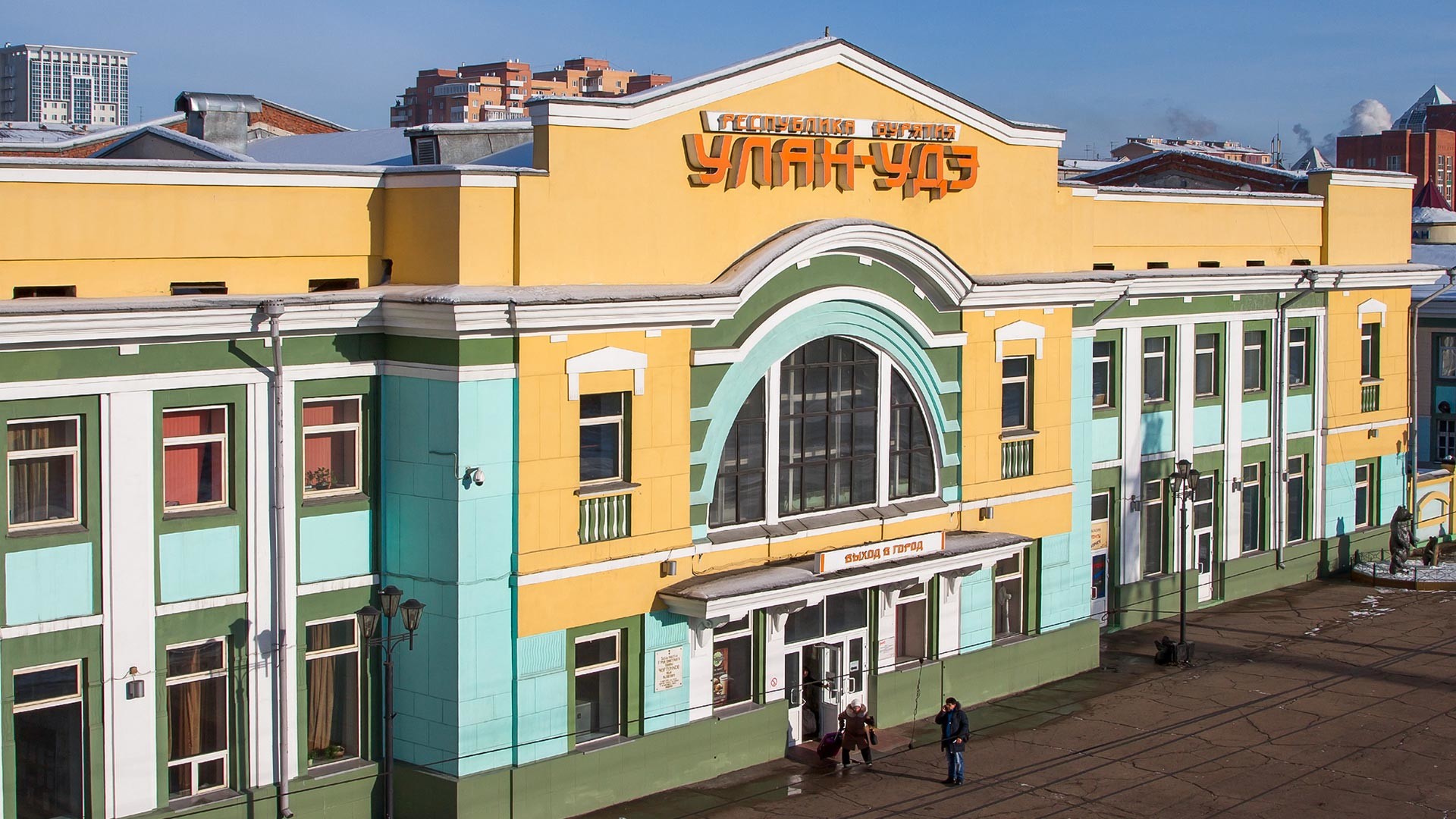
The first train arrived here, on the periphery of the Russian Empire, in 1899, which massively spurred the city’s development. The modern station was built in 1937, but was not renovated for decades, imparting a rather gloomy aspect. It was reconstructed finally in 2019, and today visitors to the capital of the Republic of Buryatia are greeted with a Buddhist-inspired yellow-green-blue kaleidoscope of color.
9. Birobidzhan
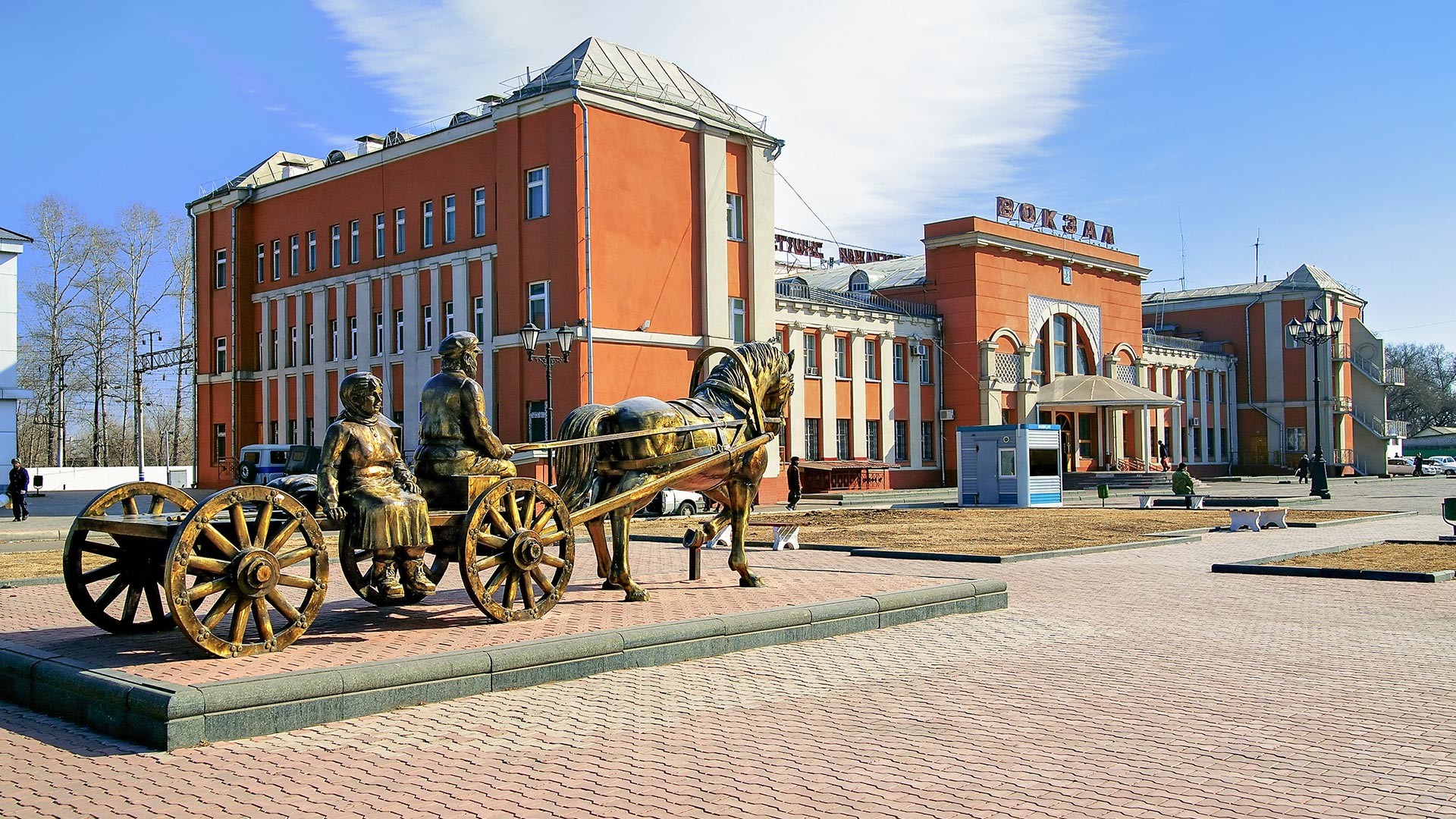
The station in the capital of the Jewish Autonomous Region features a vintage Soviet design with arches and pilasters and no pretentiousness. The station square is decorated with a traditional Jewish golden menorah (multi-branch candlestick); plus there is a monument to the first settlers who arrived in these undeveloped lands of the Russian Far East in the late 1920s.
10. Vladivostok
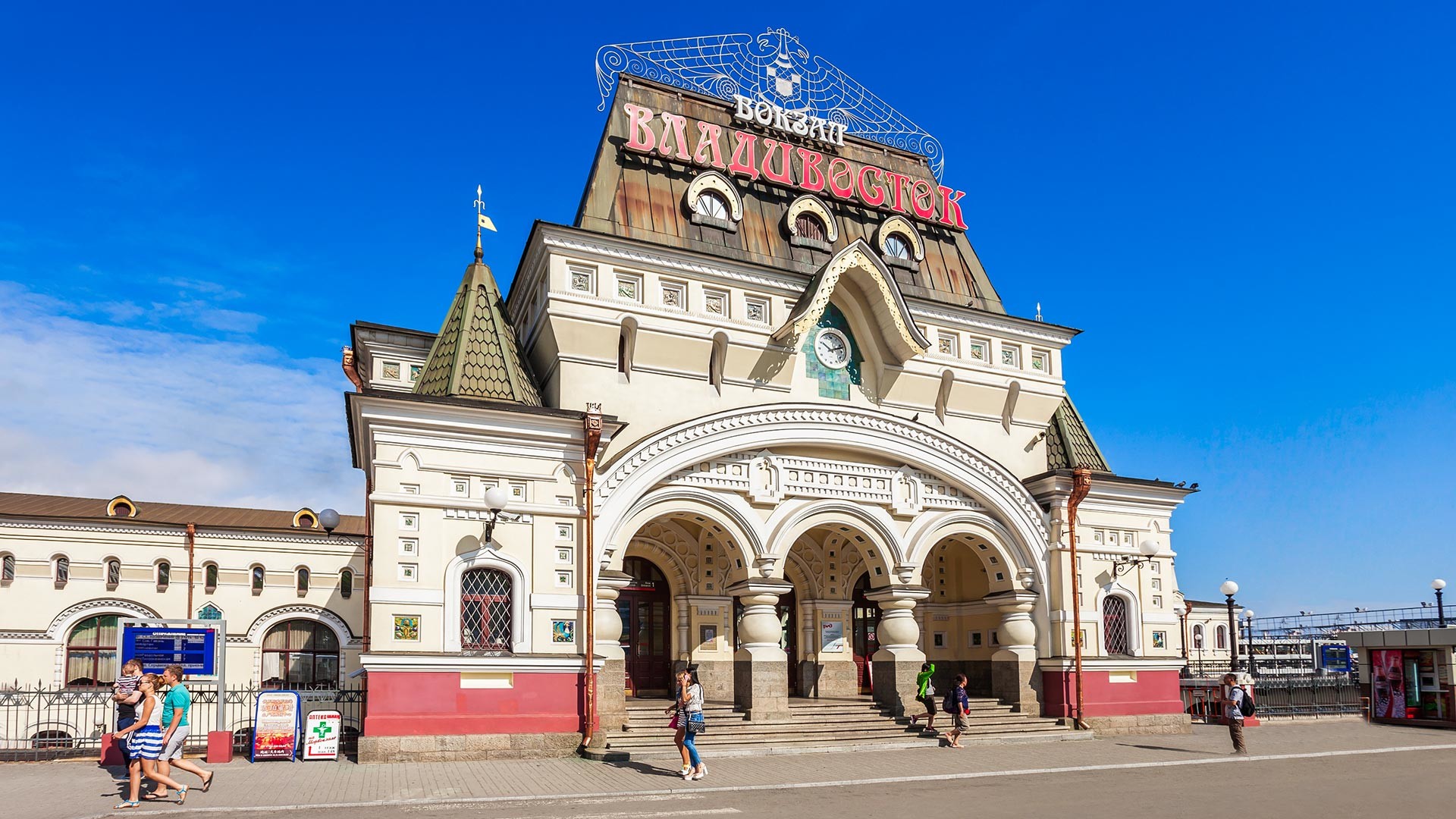
We’ve seen this type of roof somewhere before, haven’t we? That’s right, the central station of Vladivostok is a replica of Moscow’s Yaroslavsky, and is also built in the Neo-Russian style. Thus, as conceived by its creators, the Trans-Siberian Railway ends architecturally as it began. The station is adjacent to the seaport terminal. Incidentally, the laying of the first stone took place in 1891 in the presence of the future Emperor Nicholas II.
If using any of Russia Beyond's content, partly or in full, always provide an active hyperlink to the original material.
Subscribe
to our newsletter!
Get the week's best stories straight to your inbox